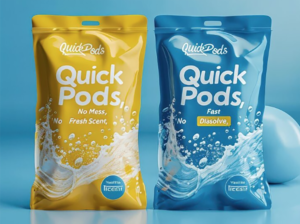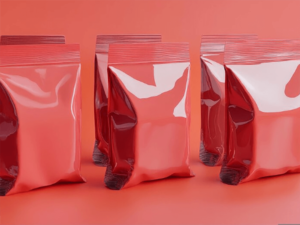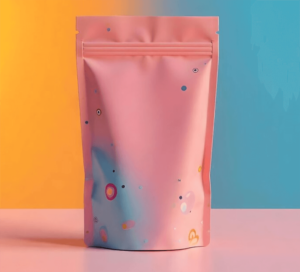The evolution of packaging is at a critical juncture, with a strong industry-wide shift toward sustainable solutions. Among these innovations, biodegradable ziplock solutions are gaining significant traction, offering a compelling alternative to conventional plastic for products requiring reusability and secure closure. This new generation of packaging is not merely an eco-friendly substitute; it represents a major leap in material science, with profound implications for food safety, consumer experience, and supply chain efficiency. From novel polymer blends to smart technologies, these breakthroughs are reshaping how products are stored, transported, and consumed, while directly addressing pressing environmental concerns.
Food-Grade Ziplock Systems: Safety Standards and Innovation in Preservation Technology
At the heart of any packaging innovation is the fundamental requirement for food safety. Food-grade ziplock systems are designed to meet stringent safety standards, ensuring that the materials do not contaminate the contents. New biodegradable polymer compositions are rigorously tested to confirm they are non-toxic and do not contain harmful chemicals. Additionally, these systems are innovating preservation technology by providing superior barrier properties against moisture, oxygen, and light. These advanced materials are engineered to maintain product freshness and extend shelf life, proving that an environmentally responsible solution can be as effective, if not more so, than its traditional counterparts.
The reliability of a ziplock seal is paramount to product integrity. To ensure this, quality assurance protocols for biodegradable ziplock pouches are extensive and highly detailed. Manufacturers employ various testing methods to evaluate seal strength, durability, and resistance to environmental factors. Industry standards dictate specific tests for bursting strength, tensile properties, and puncture resistance. These rigorous protocols, often more demanding than for traditional plastics, guarantee that every pouch provides a secure and reliable closure. By adhering to these strict standards, companies can build consumer trust and confidently deliver their products in a responsible package.
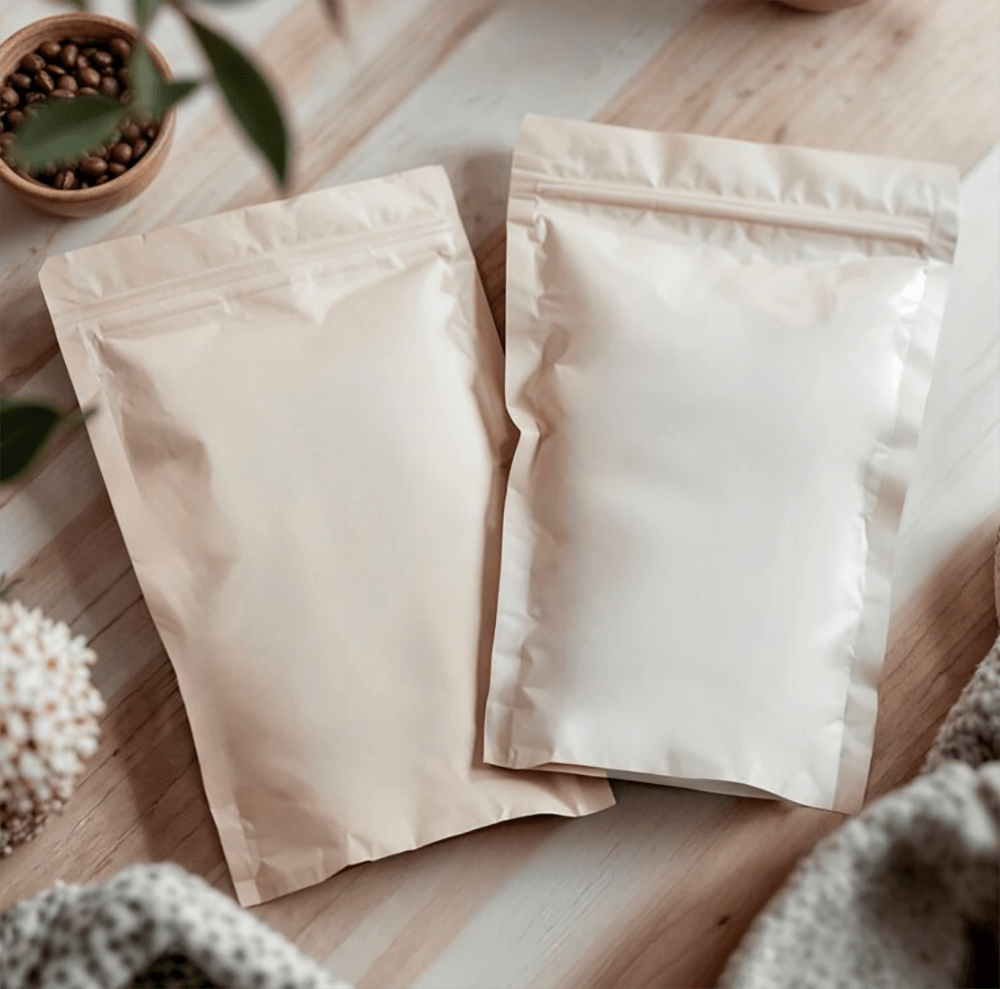
Ziplock Packaging in Modern Supply Chain: Impact on Product Protection and Logistics
The modern supply chain is a complex network where packaging plays a vital role in protecting products from damage and spoilage. Ziplock packaging offers a key advantage in this environment, providing a secure and tamper-evident seal that protects contents from moisture, dust, and other contaminants throughout the journey from production to consumer. The robust nature of modern biodegradable seals ensures that the package remains intact, reducing product loss and waste. From a logistics perspective, the lightweight and flexible nature of these pouches also contributes to more efficient shipping and reduced transportation costs.
The success of any packaging solution ultimately rests on its ease of use. User-centered design is a critical focus for ziplock packaging, with a strong emphasis on ergonomics and consumer experience. Research into consumer behavior has led to the development of seals that are easy to open, close, and manipulate, particularly for those with limited dexterity. Innovations include wider grips, tactile feedback, and intuitive tear notches that make the packaging a pleasure to use. The goal is to create a seamless interaction that enhances the overall product experience and reinforces brand loyalty.
High-Speed Production Systems for Ziplock Pouches: Technical Challenges and Solutions
The transition to biodegradable materials has presented significant technical challenges for high-speed production. Traditional machinery optimized for petroleum-based plastics often requires modification to handle the different thermal and mechanical properties of new bio-polymers. New high-speed production systems have been developed to address these issues, incorporating advanced heating elements and precision sealing mechanisms that work effectively with biodegradable films. These solutions enable manufacturers to maintain rapid production rates without sacrificing the quality or integrity of the ziplock seal, thereby making the shift to sustainable packaging a viable and scalable option.
For certain products, such as medications and cleaning supplies, child-resistant ziplock systems are a critical safety feature. These systems must meet strict regulatory requirements to prevent young children from accessing potentially harmful contents. New design innovations in biodegradable pouches focus on creating complex, two-step opening mechanisms that are difficult for children to manipulate but remain intuitive for adults. These systems are an essential component of a responsible packaging strategy, ensuring that safety and sustainability are not mutually exclusive.
Custom Ziplock Pouch Design for Brand Enhancement: Case Studies and Success Metrics
Packaging is a powerful marketing tool. Custom ziplock pouch design allows brands to differentiate their products and enhance their visual identity. Case studies show that unique shapes, vibrant graphics, and innovative finishes on biodegradable pouches can significantly increase a product’s shelf appeal. Successful brands have used custom designs to convey a sense of quality and environmental responsibility. Success metrics often include increased sales, positive consumer feedback, and enhanced brand perception, all of which underscore the value of a well-designed and sustainable package.
The ziplock packaging market is influenced by diverse regional preferences and cultural influences. While the demand for convenience and resealability is universal, the aesthetic and functional priorities of consumers can vary. A global analysis reveals that in some areas, the emphasis is on simple, minimalist designs, while in others, bold, colorful graphics are favored. The adoption of biodegradable solutions is also driven by varying levels of environmental awareness and the availability of composting infrastructure, demonstrating that a one-size-fits-all approach is not effective. Understanding these nuances is key to a successful market strategy.
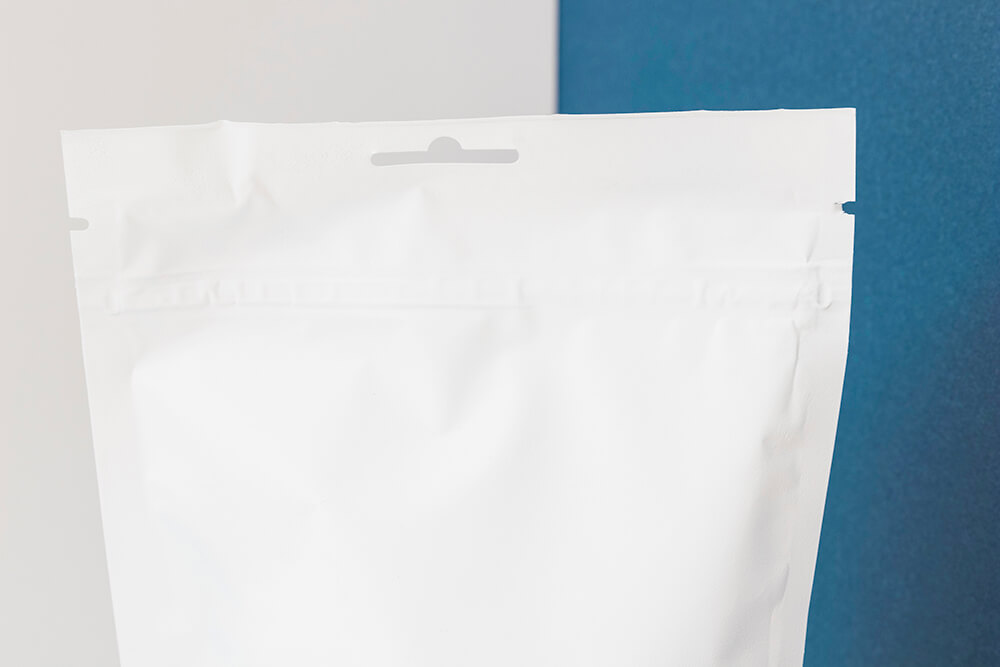
Smart Ziplock Technologies: Freshness Indicators, NFC Integration, and Consumer Engagement
The integration of smart technologies is taking ziplock packaging to the next level. Innovations such as freshness indicators, which change color to signal spoilage, provide consumers with real-time information about their food’s condition. Additionally, Near-Field Communication (NFC) chips are being embedded into pouches, allowing consumers to tap their smartphones to access product information, recipes, and brand stories. These technologies create a dynamic and interactive experience, turning the package into a communication channel and significantly boosting consumer engagement.
A crucial aspect of packaging performance is its ability to withstand diverse environmental conditions. Ziplock sealing systems must be reliable at both high-altitude and extreme temperatures. At high altitudes, the reduced atmospheric pressure can cause pouches to expand, potentially compromising the seal. In extremely cold or hot conditions, the sealing materials can become brittle or lose their integrity. New biodegradable materials are being developed to maintain their flexibility and strength across a broad range of temperatures, ensuring that the seal remains secure and functional, no matter the environmental challenge.
Conclusion
The shift to biodegradable ziplock solutions is a defining trend in modern packaging. From the foundational requirements of food safety and quality assurance to the cutting-edge innovations in user-centered design and smart technology, the industry is demonstrating that sustainability and high performance can be achieved together. As production systems evolve and custom designs become more sophisticated, these new solutions are proving their value across the entire supply chain. This comprehensive approach, which addresses everything from child safety to performance in extreme environments, highlights a future where packaging is not just a protective layer, but an integral part of a responsible and innovative ecosystem.

